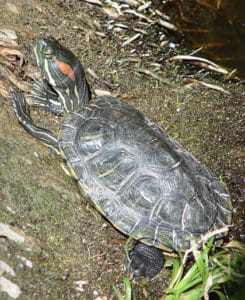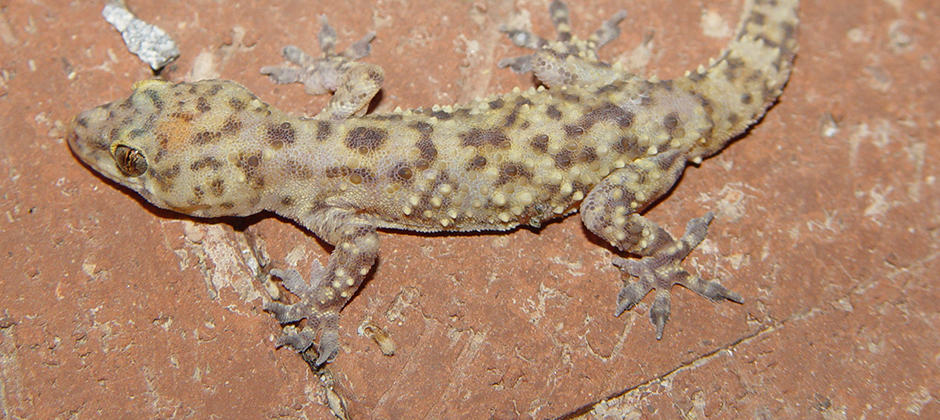Share this article
Introduced species adapt rapidly to new climate niches
“Introduced species can provide this natural experiment of what happens when you toss species in a completely different climate — can they survive or not?” said John Wiens, a professor in ecology and evolutionary biology at the University of Arizona and the lead author of a study published recently in the Journal of Biogeography.
Many introduced species can succeed even in radically different climates and ecosystems than their native ranges, Wiens said. American bullfrogs (Lithobates catesbeianus), originally from eastern North America, have adapted to some of the deserts of California. Red-eared sliders (Trachemys scripta elegans) have established populations in a wide variety of conditions where they’ve been introduced, including Arizona, Maine, Alaska, Hawaii and the Virgin Islands.
Wiens and his co-authors wanted to see if species could change their climatic niches quickly enough to keep up with rates of climate change. Their previous work, in a 2013 paper, looked at how quickly species’ climatic niches diverged from each other over time.
For the new study, the team looked at 76 species of reptiles and amphibians, all introduced to various parts of the United States and found niche shifts in 62% of these species. They managed to track how fast an introduced species could change its climatic niches since they could track their approximate year of introduction.

Caption Red-eared sliders have adapted to the extreme heat in Arizona. ©John Wiens
They found that introduced species can adapt to new climatic conditions about a million times faster than native species.
The team also compared these rates of niche change to future climate change projections. They found that introduced species had the potential to adapt to new climates 10 times faster than the projected rate of climate change.
That sounds like bad news for native species, but it may offer hope that their ability to adapt may be faster than biologists expect, Wiens said. Since many species were released or escaped into new environments that were radically different from their native ranges, they must have been able to survive in these extreme climates all along, he said, even though scientists may not have predicted they’d survive in the new conditions.
Scientists may be underestimating species’ ability to tolerate new climatic conditions Wiens said.
As a result, he said that climate may be less of a limiting factor in the spread of native species than other factors like competition with other species.
However, the international study on birds found that the climate changes much faster than most species can adapt. An international team analyzed more than 10,000 studies and found that while some species can adapt to climate change by shifts in migration or reproduction times, these responses are generally not enough to deal with warming temperatures. Their analysis included many common species believed to be able to adapt to climate change like common magpies (Pica pica) and great tits (Parus major), but they still came to the conclusion that species could not adapt quickly. The authors worry that if they examined rarer or endangered species, their results would be even more pessimistic.
Header Image: Mediterranean geckos (Hemidactylus turcicus) have adapted to warmer climates in California. ©John Wiens








